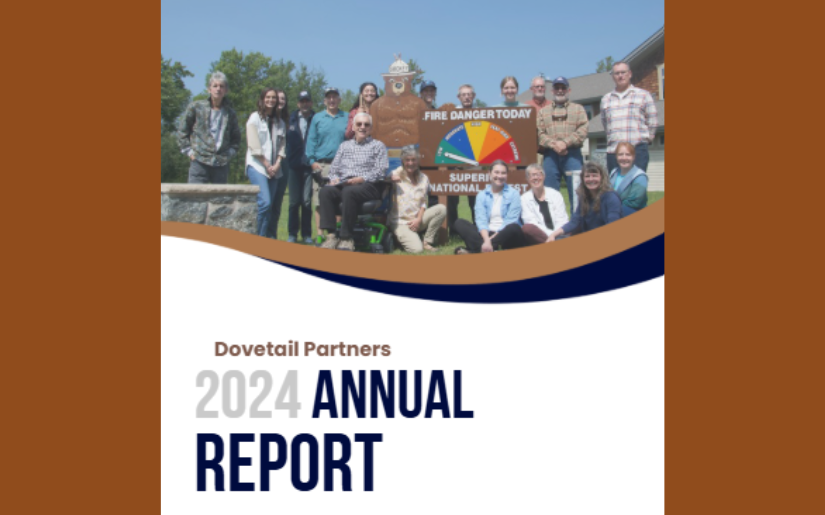The COVID-19 pandemic has had significant, often devastating, impacts on all aspects of global societies and economies. It has resulted in challenges to the forest sector’s ability to operate and longer-term challenges to economic viability, market recovery, supply chains, and labor conditions. At the same time, the pandemic has highlighted global needs for forest products. Wood and wood-fiber are essential for personal protective equipment, construction materials, sanitary needs, packaging, energy, and a variety of other uses.
Prior to this crisis, the forest sector and forest products were recognized for their diverse and substantial benefits. The pandemic has furthered this understanding, and there is an opportunity for the post-COVID economy to embrace the benefits of wood as an element of strategies to Build Back Better. Forest products provide climate friendly building products, effective substitutes for fossil fuels, and an alternative to non-renewable materials. The sector supports the livelihood of forest-dependent communities concurrent with managing forests for diverse environmental co-benefits and to meet the needs of present and future generations.
Various governments have responded to the crisis of the pandemic differently. Some nations designated forest industries as essential businesses and allowed them to continue operating. Others stopped business operations, including forest-based industries, to quell the spread of the COVID-19 virus. Many countries’ governments provided some financial support to closed businesses and furloughed employees. In some instances, paper mills producing sanitary grades and packaging paper expanded production and ran continually to meet the demand for these products. Other forest sector companies fell victim to declining markets when households and businesses significantly shifted their spending.
This report begins with a background on the pandemic before discussing the effects on the forest sector in 2020. At the time of writing, November 2020, the first wave of the pandemic was still raging in many countries while other countries were experiencing a second wave following a reopening of economies in the late spring and summer of 2020. The report considers future impacts and opportunities.
- Lead AuthorPepke
- DateDecember 2020
- CategoryEconomics, Forest products, Management, Wood
- Project FileDownload

.png)
.png)



